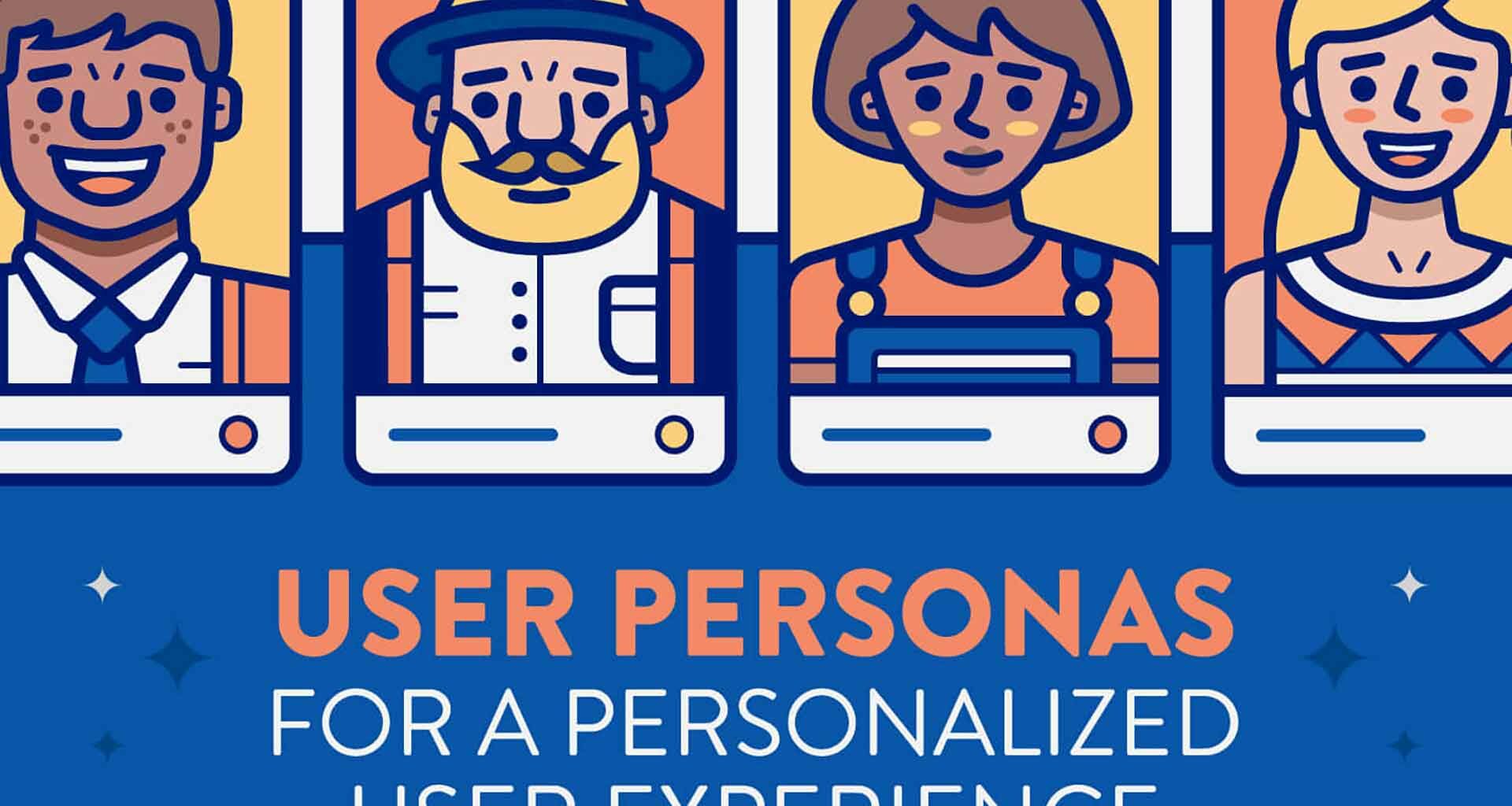The key to your user experience (UX) design is creating a seamless experience for your consumers. The goal for many companies is to go beyond intuitive design and work toward something that is instinctive, to give customers the idea that an engaging experience is being designed just for their personal and individual needs.
One way to approach developing your design toward this goal is through the use of personas. These are stand-ins for your consumers that you create using demographic data as well as informed investigation, usually through interview or other observation.
How to craft useful personas:
It’s crucial to take your personas seriously as representatives of your customer base. This means giving them as much life and detail as you can. While it might initially seem that you want to have many personas to give you a comprehensive idea of how your product is being received, the truth is most user experiences are very similar. It’s better to identify 4 or so different user journeys and to animate these with personal narrative. More than 4 is seen to begin to muddy your conclusions.
Additionally, while power users may feel like the loudest voices it’s important to keep both the idea of catering to casual and invested users of your product to discover the best way forward for any initiative.
But what elements should go into creating a successful persona?
A name that makes sense: Try to give realistic names to your personas so that they are not abstractions. Try to use a name that is reasonably connected to your consumers while not being too general, like John Doe or Jane Smith. Once they are named properly, they will carry more investment.
A visualization: Giving your persona a physical form will allow you to create further specificity in character. Try to avoid using fictional characters or celebrities as these come with a certain amount of implicit bias and it’s important to stay as objective as possible.
A motto: The essence of a persona might be a way they have of looking at the world. Giving them a specific viewpoint or watchwords that they live by can “essentialize” their characters and make creating their associative narratives easier.
A history: The story of your persona is more than just their buying behavior. Create a backstory for your persona that demonstrates their larger personality. What TV do they watch? What are their family dynamics? What is their job? All of these details will affect user behavior so it is essential to have them incorporated in your persona. Are they wealthy or do they live paycheck to paycheck? This might determine, for example, if there is a good time of the month or year to approach them about adding services?
Uniqueness: Avoid stereotyping at all costs by granting your personas individualized behavioral patterns. For example, how risk-averse is your persona? What is the possibility that they collect something like snow globes or are devoted sports fans? These kinds of details make your personas come to life.
Goals and aspirations: Possibly the most important thing to assess regarding a persona is what they want and need from a product or service. Once you have established the pain points that your personas need assistance with, you will have a foundation on which to apply your product or service. At the same time, you want to know about what they long to accomplish. Are they looking to get a job that pays more money? Do they need to save up for college or retirement? Do they love to travel? These attributes will change their connection to your business.
Brand demographics: Of course consumer history is an important indicator of personality. Do they get coffee at Starbucks or Dunkin’? Do they shop at Macy’s or Walmart? Where can you target them? Assessing the demographics of your customer base will likely point to a few specific types that are interested in utilizing your product or service.
These details allow you to create personas that can be utilized as a touchpoint from the ideation process through distribution and beyond. The personas that you make can be revisited at every stage to make sure a process or product continues to follow a journey that consumers desire.
Check out the infographic from CleverTap that helps illustrate the process of persona creation.














